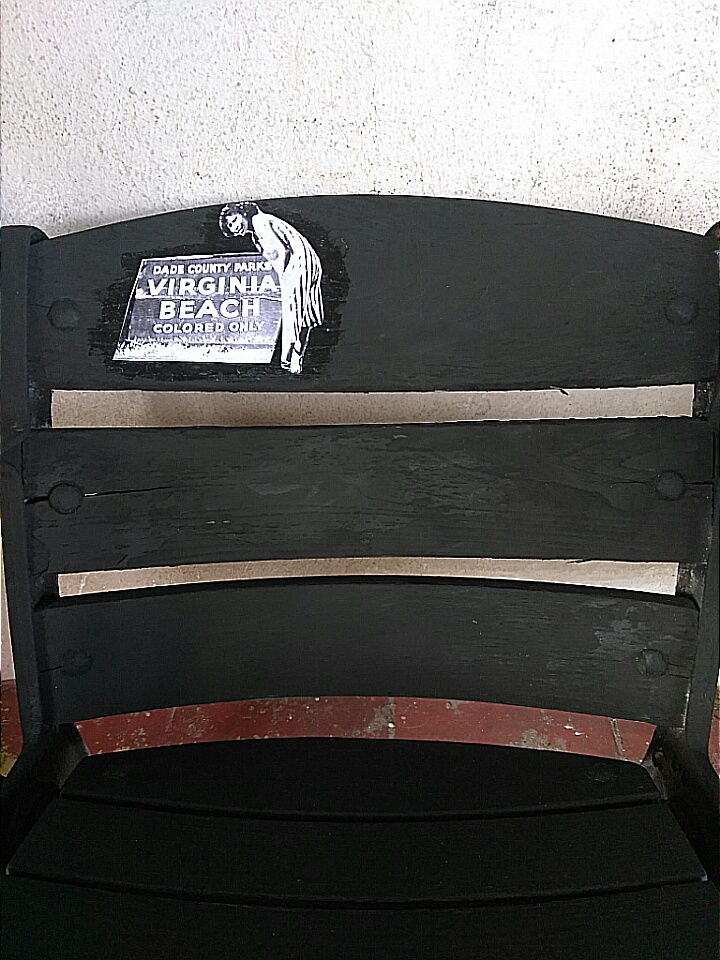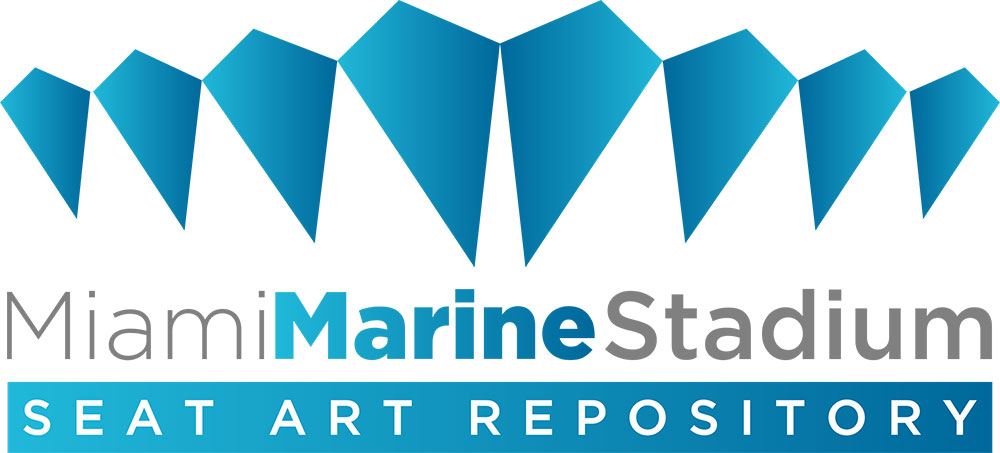
Hattie Mae Williams
Hattie Mae Williams, The Tattooed Ballerina is a compassionate Mother who is reclaiming and reframing spaces through Interdisciplinary Arts. My creative practice is the commitment to community and the use of art in a political and socially engaged way that connects community to place physically and strategically. Reconnecting themes related to human conditions and feelings that are inherent and innate to all people is a constant web I try to navigate in; yet social, racial, cultural and economic divides along with institutional racist structures have acted to further remove us from these felt emotions and community connections. This disconnect has paralyzed the humanity muscle in many of us. My philosophy looks at Sites Specific work as a component of my work’s totality.
Having done much investigation on the stadium’s history during the manifestation of dance film Culture Concrete, supported by the Knight Arts Challenge Grant in 2013, I was drawn to the islands journey through the Jim Crow era in Miami.
This unique vacation spot was built in 1945, strictly for Blacks, Dade County, Virginia Key Beach was the answer to Florida’s whites-only beach problem pre-civil rights. Prior to its establishment, NAACP activists staged a “wade-in” at nearby Bakers Haulover Beach, which was whites-only. Although the organization had hoped for a spectacle and arrest, the city officials refused to acknowledge their request and decided to address the issue with segregation. That prompted the birth of “Virginia Key Beach, a Dade County Park for the exclusive use of Negroes.” Although the landmark Brown v. Board of Education desegregation ruling by the U.S. Supreme Court came out in May 1954, Miami-Dade County didnt get on board until 1959, and had many racial issues with integration and justice well into the 1980’s and even continue today.
